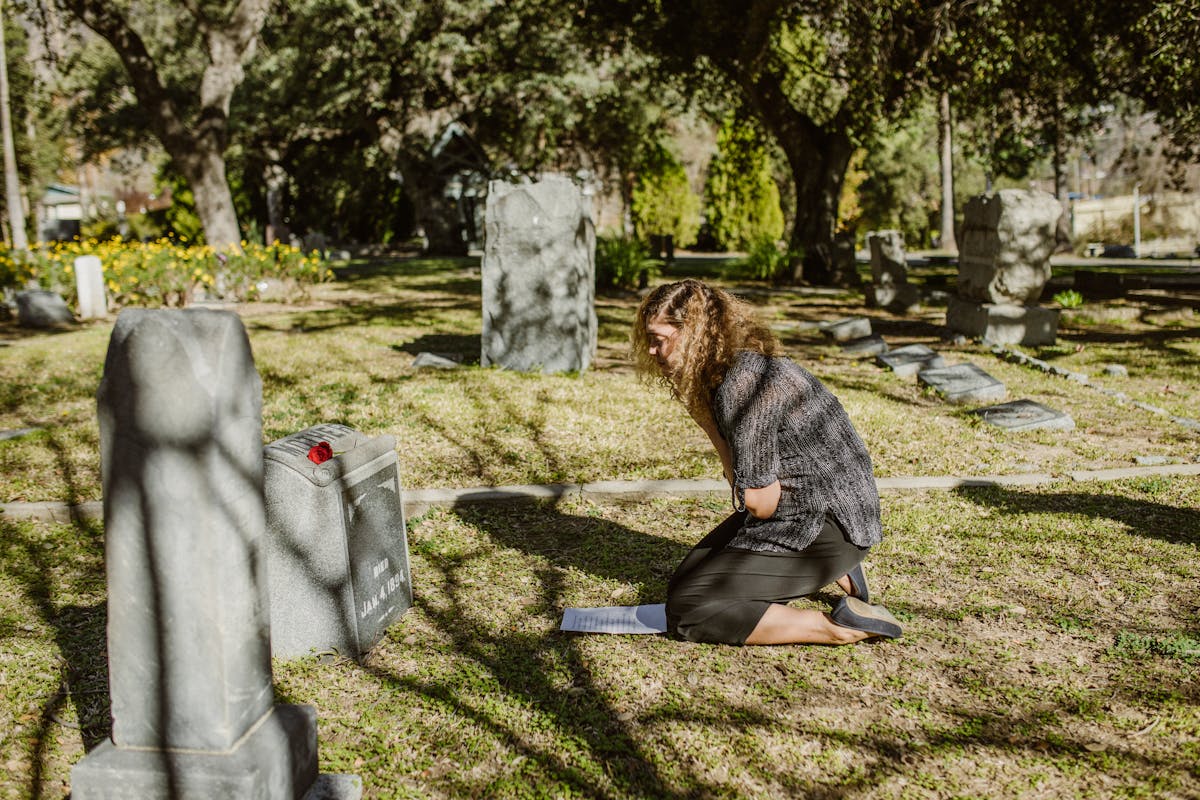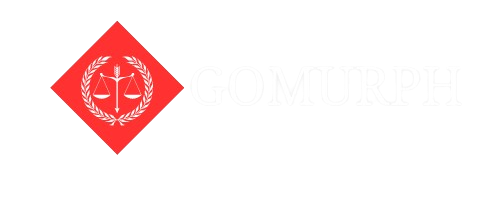The Path to Justice: Holding Negligent Parties Accountable for Wrongful Death

Steering through the complexities of wrongful death claims often hinges on the ability to delineate and document negligence. The path to justice can be mired in legal intricacies and procedural hurdles, which underscores the need for specialized competence in this area. When negligence leads to such devastating outcomes, it is vital to guarantee that culpable parties are held accountable. However, the question remains: how can this level of accountability be consistently achieved in a system that can sometimes seem inscrutable? The answer to this lies within the understanding and strategic steering of the legal landscape.
Understanding Wrongful Death
While it may seem self-explanatory, the concept of wrongful death is often misunderstood. Wrongful death is a legal term referring to any death caused by the negligence or misconduct of another person or entity. It’s not just about the loss of life; the emotional impact on surviving family members is profound and often long-lasting. Wrongful death cases seek to uphold survivor rights, allowing them to pursue compensation for their loss, including loss of companionship, financial support, and emotional suffering. This is not to monetize life, but to bring some measure of justice and support to those left behind. Understanding wrongful death is the first step towards holding negligent parties accountable.
Identifying Negligent Parties
To hold accountable those responsible for wrongful death, it is vital to accurately identify the negligent parties. This process requires a meticulous examination of negligence indicators which highlight the parties’ actions or lack thereof leading to the incident. Identifying the responsible parties involves a complex investigation, often necessitating expert legal insights to discern where fault lies. This could involve a single individual, a company, or even multiple entities. It’s worth noting that negligence is not always overt, and sometimes the culpable party may not be immediately apparent. In such cases, a careful review of the circumstances, focusing on the subtle signs of negligence, becomes imperative. This detailed, objective approach guarantees justice is served by holding the correct parties accountable.
The Role of Evidence
In holding negligent parties accountable for wrongful death, evidence plays a vital role. It provides the tangible connection between the negligent action and the resultant wrongful death. Evidence types vary, encompassing physical items, documents, electronic data, and testimony. Each type is subjected to evidentiary standards that assess its relevance, reliability, and admissibility in court. For instance, a medical report (documentary evidence) showing the cause of death can link the negligence to the fatality. Witness testimony, on the other hand, can provide a first-hand account of events leading to the death. Unearthing, preserving, and presenting such evidence is essential in proving negligence, thereby creating a path towards justice for the deceased and their loved ones.
Legal Procedures in Detail
After successfully gathering and evaluating the evidence, the next step involves traversing the complex terrain of legal procedures. These procedures require meticulous handling of legal documentation and adherence to strict case timelines. The initial requirement is filing a complaint, outlining the cause of action and the relief sought. This legal document sets the stage for the lawsuit, and any error could be detrimental. Following this, the defendant must be formally served with the complaint. The defendant then files an answer, either accepting or disputing the claims. Subsequent steps include discovery, pre-trial motions, and potentially, trial. Each stage has specific timeframes which must be adhered to, ensuring the case proceeds systematically. Understanding these procedures is key to steering the path to justice.
Hiring a Wrongful Death Attorney
Why not entrust your case to a wrongful death attorney? It’s crucial to verify that the attorney’s qualifications align with your case’s needs, including experience in wrongful death cases, a strong track record, and specialized knowledge in relevant laws.
Your attorney should also meet client expectations by maintaining regular communication, providing transparency about potential outcomes, and clearly explaining the legal process. If you are seeking justice after a wrongful death due to medical malpractice, consulting a specialized attorney can help you navigate the legal complexities and build a strong case for accountability.
Filing a Wrongful Death Lawsuit
Changing from the process of hiring an attorney, we now turn our attention to the critical step of filing a wrongful death lawsuit. This stage necessitates a thorough understanding of wrongful death claims, familiarity with the legal procedures involved, and the ability to convincingly demonstrate negligence in court. Our objective is to guide you through these complex aspects, ensuring that the negligent party is held accountable for their actions.
Understanding Wrongful Death Claims
Numerous individuals may not fully comprehend the intricacies of filing a wrongful death lawsuit, a vital avenue for holding negligent parties accountable. This claim process begins with the identification of a wrongful death – an incident where a party’s negligence or deliberate act results in the death of another. The next step involves establishing the legal basis for a claim, requiring an exhaustive investigation into the circumstances surrounding the death. It’s essential to demonstrate that the defendant’s actions, or lack thereof, directly caused the fatality. Once these elements are substantiated, the claim is filed, initiating legal proceedings. Understanding these complexities is pivotal in successfully steering wrongful death claims, ultimately serving the pursuit of justice.
Navigating Legal Procedures
How do you navigate the legal labyrinth that is filing a wrongful death lawsuit? The journey begins with understanding the intricacies of legal documentation. Such documents, typically prepared by an attorney, detail the grounds for the claim and identify the parties involved. It’s important to emphasize the procedural timelines, which dictate when certain actions must be taken. For instance, the statute of limitations sets a deadline for filing the lawsuit. Missed deadlines can jeopardize your case, so strict adherence to these timelines is paramount. Understanding these procedures, while complex, is essential in holding negligent parties accountable. While this overview outlines the initial steps, the subsequent journey requires equal diligence, leading us to the next subtopic: “Proving Negligence in Court”.
Proving Negligence in Court
Upon successfully maneuvering the legal procedures involved in filing a wrongful death lawsuit, the next challenge lies in proving negligence in court. This requires the plaintiff to meet the burden of proof, demonstrating convincingly that the defendant’s negligence caused the victim’s death. The evidence must show that the defendant owed a duty of care to the deceased, that they breached this duty, and that the breach directly resulted in death. In some cases, the doctrine of comparative negligence may apply, potentially reducing the defendant’s liability if the victim was partially at fault. Successfully proving negligence often requires a detailed investigation, expert testimony, and a compelling presentation of evidence in court.

The Court Trial Process
As we explore the court trial process, it’s important to understand that this is a multi-stage event requiring meticulous preparation and execution. First, courtroom etiquette is significant; respectful communication and behavior are expected from all parties. Any breach could negatively influence the jury’s perception. Speaking of which, jury selection is a key phase. The aim is to select unbiased individuals who can objectively evaluate the case. Attorneys might consider potential jurors’ backgrounds, beliefs, and attitudes during this process. This step is essential in wrongful death cases, where emotions can run high. The court trial process is a complex journey, but understanding its facets can help in holding negligent parties accountable for their actions.
Settlement Negotiation Tactics
Maneuvering the intricate world of settlement negotiations is an essential skill when seeking justice in wrongful death cases. In this pursuit, effective settlement strategies can be a decisive factor. These include understanding the opponent’s position, their potential defenses, and the value of the claim. It’s also crucial to exhibit patience and tenacity, as negotiations can often be protracted and complex. The negotiation tactics employed should be adaptive to the opponent’s approach, whether it be aggressive, passive, or cooperative. A well-prepared presentation of the facts, damages, and evidence can greatly boost the strength of the negotiation. Finally, being open to alternative dispute resolution methods, such as mediation or arbitration, can often lead to faster, more favorable outcomes.
Achieving Justice: The Final Verdict
While verdicts in wrongful death cases often bring closure, their primary objective is to deliver justice. Each verdict carries implications that extend beyond the immediate parties, influencing future legal proceedings and potentially shaping legislation. To guarantee justice outcomes that are fair and balanced, every detail of the incident must be meticulously scrutinized. The jury’s role is vital in interpreting the evidence, as their decision determines the verdict. This process is thorough, exhaustive and aims to ascertain the truth. The final verdict, whether it is in favor of the plaintiff or the defendant, is the culmination of a rigorous investigative process. It symbolizes accountability, retribution, and ultimately, justice served. The impact of these verdicts echoes throughout society, setting significant legal precedents.
Frequently Asked Questions
Can a Wrongful Death Claim Be Filed After the Statute of Limitations Has Expired?
Typically, a wrongful death claim cannot be filed after the statute of limitations expires. However, certain statute exceptions may allow late filing under specific circumstances. Understanding the exact filing deadlines is essential in these legal matters.
How Are Damages Calculated in a Wrongful Death Lawsuit?
Damages in a wrongful death lawsuit are calculated based on factors such as the economic impact of the loss, including potential earnings, and non-economic factors like emotional distress experienced by the surviving family members.
Can an Employer Be Held Liable for an Employees Wrongful Death?
Yes, an employer can be held liable for an employee’s wrongful death if it can be proven that the death resulted from employer negligence, with liability standards varying depending on jurisdiction and specific circumstances.
What Factors Influence the Duration of a Wrongful Death Lawsuit?
The duration of a wrongful death lawsuit is influenced by several factors, including the complexity of the case, availability of evidence, procedural delays, and the litigation timeline, which varies depending on the jurisdiction and circumstances.
Is It Possible to Appeal a Wrongful Death Lawsuit Verdict?
Yes, it is possible to appeal a wrongful death lawsuit verdict. The appeal process allows for a review of the verdict’s implications, potentially leading to an overturned judgment or a new trial.

